Buy the photo Keizersgracht Amsterdam by Michael van der Burg on canvas, ArtFrame, poster and wallpaper, printed on demand in high quality.
About "Keizersgracht Amsterdam"
by Michael van der Burg
About the artwork
The Keizersgracht, the second of Amsterdam's three main canals that make up the ring of canals, lies between Herengracht and Prinsengracht The first part of the Keizersgracht (between Brouwersgracht and (approximately) today's Leidsegracht was dug in the summer of 1615 on the initiative of mayor Frans Hendricksz. Oetgens, city carpenter Hendrick Jacobsz Staets and city land surveyor Lucas Jansz Sinck. The Keizersgracht, named after Emperor Maximilian I of the Holy Roman Empire,[1] is the widest canal in the centre of Amsterdam, namely one hundred Amsterdam feet, i.e. 28.31 metres. In September 1614, there was still an idea to turn the Keizersgracht into a chic boulevard without water, following the example of the Voorhout in The Hague. This was abandoned for a few reasons. The vroedschap suspected that future buyers of plots on Keizersgracht wanted to be able to reach their homes or warehouses by boat. Other considerations may have included the need for water storage, easier transportation of building and embankment materials, but especially the shortage of embankment material. The construction of the fortifications also required a lot of embankment material at the same time. In November 1615, the allotment on the east side was completed. At 30 feet, the plots were given the same width as at Herengracht. Building proceeded rapidly: by 1618, there were hardly any undeveloped plots. The section between Leidsegracht and Amstel belonged to the fourth expansion (1658). In

About Michael van der Burg
Welcome!.. Read more…
 Germany
Germany Ordered in April 2020
Ordered in April 2020
 Netherlands
Netherlands Ordered in June 2021
Ordered in June 2021
 Netherlands
Netherlands Ordered in November 2019
Ordered in November 2019
 Netherlands
Netherlands Ordered in October 2020
Ordered in October 2020
 Germany
Germany Ordered in December 2019
Ordered in December 2019
 Netherlands
Netherlands Ordered in January 2025
Ordered in January 2025
 Netherlands
Netherlands Ordered in July 2017
Ordered in July 2017

 Netherlands
Netherlands Ordered in November 2024
Ordered in November 2024
 Germany
Germany Ordered in September 2019
Ordered in September 2019
 Germany
Germany Ordered in September 2019
Ordered in September 2019
 Netherlands
Netherlands Ordered in January 2022
Ordered in January 2022
 Germany
Germany Ordered in August 2019
Ordered in August 2019
About the material
ArtFrame™
Interchangeable Art Prints
- High-quality print
- Easily interchangeable
- Acoustic function
- Large sizes available
Discover the artworks of Michael van der Burg
 Erasmus Bridge Evening from the WillemskadeMichael van der Burg
Erasmus Bridge Evening from the WillemskadeMichael van der Burg Rotterdam Panorama Rijnhaven ViewMichael van der Burg
Rotterdam Panorama Rijnhaven ViewMichael van der Burg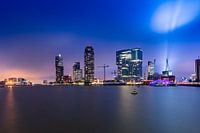 Skyline Rotterdam Rijnhaven viewMichael van der Burg
Skyline Rotterdam Rijnhaven viewMichael van der Burg Gouda Town Hall rear viewMichael van der Burg
Gouda Town Hall rear viewMichael van der Burg Turfmarkt GoudaMichael van der Burg
Turfmarkt GoudaMichael van der Burg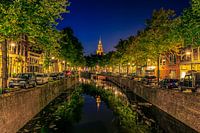 West and Oosthaven GoudaMichael van der Burg
West and Oosthaven GoudaMichael van der Burg B&W Erasmus bridge LeuvehoofdMichael van der Burg
B&W Erasmus bridge LeuvehoofdMichael van der Burg Erasmus BridgeMichael van der Burg
Erasmus BridgeMichael van der Burg Singel Red Light DistrictMichael van der Burg
Singel Red Light DistrictMichael van der Burg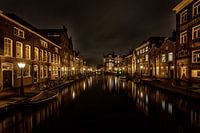 Old Rhine LeidenMichael van der Burg
Old Rhine LeidenMichael van der Burg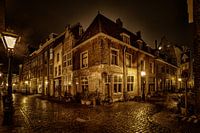 Leiden American Pilgrim MuseumMichael van der Burg
Leiden American Pilgrim MuseumMichael van der Burg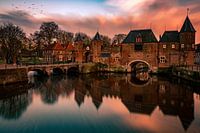 Koppelpoort Sunset AmersfoortMichael van der Burg
Koppelpoort Sunset AmersfoortMichael van der Burg reflection KinderdijkMichael van der Burg
reflection KinderdijkMichael van der Burg Kinderdijk HollandMichael van der Burg
Kinderdijk HollandMichael van der Burg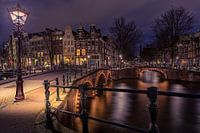 Keizersgracht AmsterdamMichael van der Burg
Keizersgracht AmsterdamMichael van der Burg Tulips Sunset HollandMichael van der Burg
Tulips Sunset HollandMichael van der Burg Behind the Church DelftMichael van der Burg
Behind the Church DelftMichael van der Burg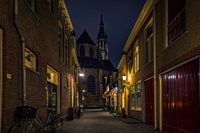 Trompetsteeg DelftMichael van der Burg
Trompetsteeg DelftMichael van der Burg Dubai Marina 2.0Michael van der Burg
Dubai Marina 2.0Michael van der Burg Burj Khalifa MagicalMichael van der Burg
Burj Khalifa MagicalMichael van der Burg
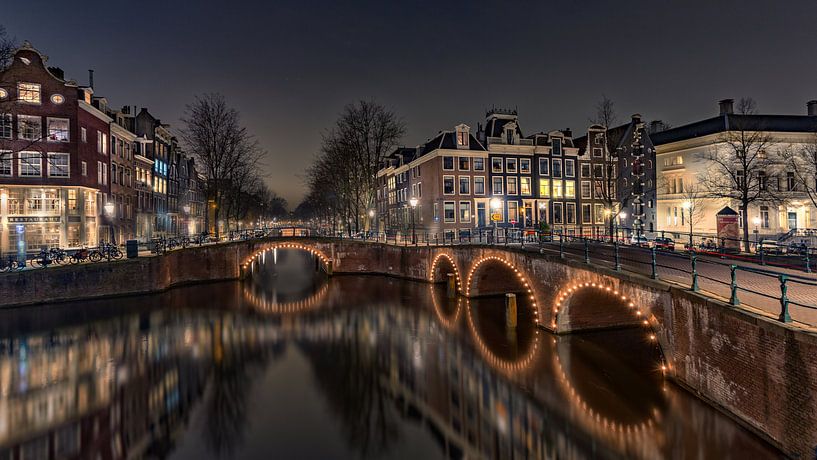












 Classic
Classic Photo wallpaper
Photo wallpaper Photography
Photography Reflections
Reflections Romantic Moments
Romantic Moments Serene Peace
Serene Peace Urban / Street
Urban / Street









